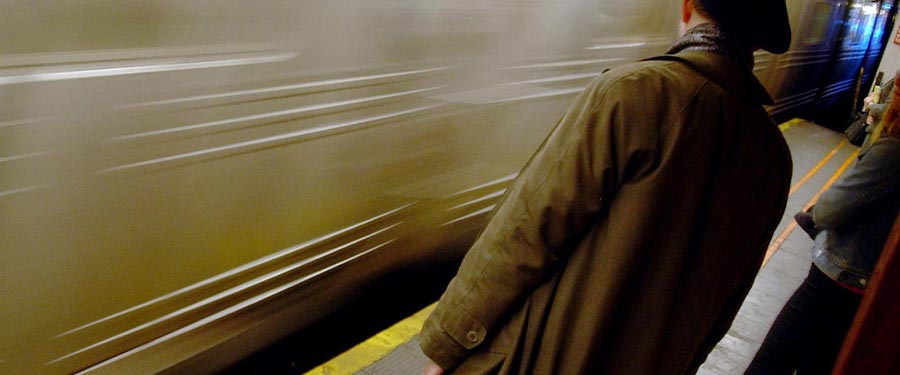Have you ever wondered what may be lurking on the handrails and turnstiles and all the surfaces you touch, on your daily commute to work? Well now we may find out. On the 21st June 2016 the International MetaSUB Consortium launched the first Global City Sampling Day (CSD).
Mass-transit systems around the world, for example the London underground and the New York City (NYC) sub-way system, create unique microbiomes. Indeed the human body has its very own microbiome which is very important to human health. Microbes cover the surfaces of our body, both inside and out and are essential in keeping us healthy. These microbes help digest our food, produce vitamins, regulate our immune systems and protect us against harmful bacteria.
In the summer of 2013, a project called PathoMap, led by Christopher E. Mason of Weill Cornell Medicine, was launched with the aim to create a profile of the metagenome of the NYC mass-transit system. The team discovered that from all the samples they collected, 48% of the DNA they sequenced did not match any known organism. This illustrates the vast abundance of unknown organisms that form the microbiomes of our mass-transit systems.
Now the MetaSUB consortium aims to create a world-wide “DNA map” of the microbiomes in our mass-transit systems. On June 21st swabs were taken, in triplicate, from subway surfaces including ticket kiosks, benches, rubbish bins, handrails, elevators etc. In the trains, the doors, seats, poles and handrails were all swabbed. Samples were collected globally from 54 cities within North America, South America, Australia, New Zealand, Asia, Africa and Europe (London and Sheffield were sampled in the UK). DNA and RNA will then be extracted from the samples and sequenced. Metagenomic analysis of RNA and DNA will allow the unique microbiomes to be studied.
Christopher E. Mason said, “ Just as our PathoMap study created a profile of New York City’s metagenome based on mass-transit areas, the MetaSUB researchers and laboratories will work to establish a worldwide ‘DNA map’ of microbes in subways and other transit systems. This five year commitment will yield insights on antimicrobial resistance in urban areas and lead to discovery of new biosynthetic gene clusters revealing interactions of microbes and the environment. We expect significant findings to emerge that can benefit both scientific understanding and the public health.”
A related project will focus on the impact of the 2016 Olympics on the microbiomes of Rio de Janeiro, Brazil. An estimated 500,000 people from around the globe will descend on Rio de Janeiro in August and travel on the transport systems. Scientists will be especially interested to study the profile of RNA viruses such as influenza and Zika at this time.

